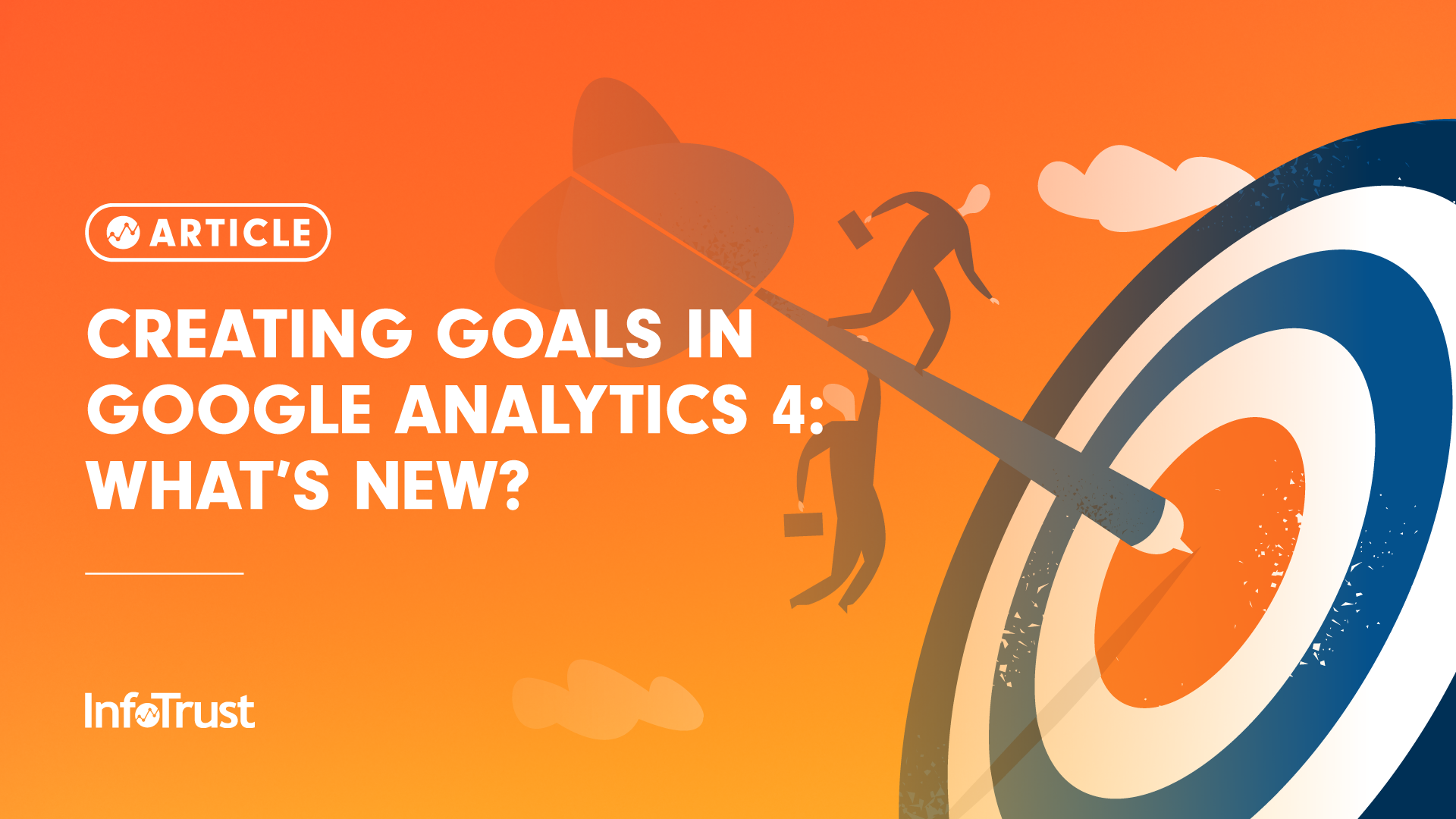What Data Is Google Analytics Goals Unable to Track and Why
What Data Is Google Analytics Goals Unable to Track and Why
Blog Article
Revealing the Blind Spots: Recognizing What Google Analytics Goals Can not Measure
In the realm of electronic analytics, Google Analytics stands as a powerful tool for tracking and analyzing online customer interactions. Nevertheless, amid its robust capabilities, there exist blind places that often avert measurement. Understanding what Google Analytics goals can not gauge is crucial for gaining a thorough sight of individual habits and engagement. As we explore the details of these dead spots, we reveal an intricate internet of uncharted territories that hold beneficial understandings into customer actions and inspirations, difficult traditional wisdom and clarifying the restrictions of our data-driven understanding.
Individual Actions on External Operatings Systems
Understanding exactly how customers connect on outside systems is crucial for optimizing online techniques. External platforms, such as social media networks, recommendation web sites, and online forums, play a significant role in driving traffic to a company's internet site. By examining user actions on these platforms, businesses can obtain beneficial understandings into the efficiency of their advertising initiatives and the choices of their target market.
One key facet of user habits on external platforms is the referral source. By tracking where the users are originating from, businesses can determine which platforms are driving the most traffic to their internet site. This information can help business allot their sources much more successfully, concentrating on the systems that yield the very best results.

Offline Conversions and Communications
Examining user habits on external systems gives useful insights into on-line strategies; nonetheless, considering offline conversions and interactions is just as important for an extensive understanding of a firm's general efficiency. Offline conversions, such as in-store purchases or phone questions, play a considerable duty in numerous organizations' success.

Attribution Beyond Last Click
When diving right into the realm of digital advertising analytics, it comes to be important to look past the solitary touchpoint of the last click for a more extensive understanding of acknowledgment. While Google Analytics gives important understandings into user habits, depending only on last-click attribution can be restricting - what data is google analytics goals unable to track. Attribution designs that exceed the last click offer an extra nuanced sight of the consumer journey, considering all the touchpoints that result in a conversion
Acknowledgment past the last click permits marketers to assign credit rating to different communications along the conversion path, providing a more clear next image of the effectiveness of different advertising networks. By discovering multi-touch acknowledgment versions such as straight, time degeneration, or position-based attribution, companies can better allocate their Going Here marketing spending plans and enhance their techniques for maximum influence.
Recognizing the impact of each touchpoint in the conversion procedure is critical for making educated decisions and taking full advantage of ROI. By accepting attribution beyond the last click, businesses can obtain deeper understandings right into customer actions and tailor their marketing initiatives better.
Cross-Device and Cross-Browser Monitoring

In a similar way, cross-browser tracking matches cross-device monitoring by capturing individual actions as they switch in between various web internet browsers. Recognizing how customers connect with internet sites on various browsers can assist marketers optimize their online experiences to ensure consistency and performance across various systems.
Qualitative Information and Customer Intent
Recognizing customer intent through qualitative information evaluation is important for creating targeted electronic marketing methods that reverberate with the demands and preferences of the target audience. Qualitative data supplies understandings right into the 'why' behind user actions, clarifying motivations, emotions, and choices that quantitative data alone can not catch. By evaluating customer feedback, comments, and interactions, marketers can discover useful information regarding individual intent, click site permitting them to customize their messaging, web content, and offerings to much better align with what their audience is seeking.
Qualitative information additionally aids in comprehending the context in which users engage with an internet site or application. This contextual understanding enables marketing experts to develop more customized and appropriate experiences, eventually driving higher involvement and conversion rates. By diving into customer intent with qualitative data evaluation, companies can gain a much deeper understanding of their target audience, bring about much more reliable advertising strategies that fulfill users' expectations and demands.
Final Thought
To conclude, Google Analytics goals have constraints in determining customer behavior on outside platforms, offline conversions, attribution past last click, cross-device and cross-browser monitoring, and qualitative data connected to individual intent. what data is google analytics goals unable to track. It is essential for companies to be knowledgeable about these blind areas in order to supplement their information analysis with other devices and techniques to obtain a much more thorough understanding of their audience and enhance their total electronic marketing strategies
By evaluating user habits on these systems, services can get important understandings into the performance of their marketing efforts and the choices of their target audience.
Evaluating user actions on external platforms gives valuable understandings into online methods; nonetheless, thinking about offline conversions and interactions is equally necessary for a detailed understanding of a firm's overall performance.In digital marketing analytics, moving beyond last-click acknowledgment to discover cross-device and cross-browser monitoring is crucial for obtaining an all natural understanding of user interactions across different systems and gadgets. By assessing customer responses, remarks, and communications, marketing experts can uncover useful details concerning customer intent, allowing them to customize their messaging, web content, and offerings to better line up with what their target market is looking for.
By delving into user intent with qualitative information analysis, businesses can get a deeper understanding of their target audience, leading to more reliable advertising and marketing methods that satisfy users' expectations and demands.
Report this page